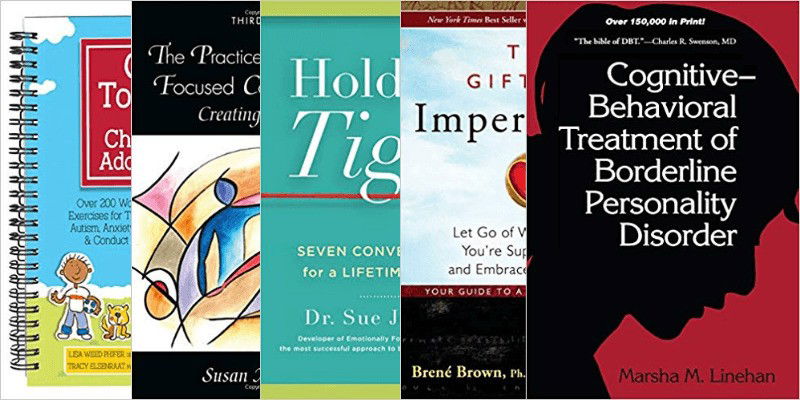The Classification of Character Strengths and Virtues
Character strengths and virtues have been studied and examined for centuries by philosophers, psychologists, and ethicists. These qualities are considered essential for moral and ethical behavior, as well as for personal growth and development. In recent years, researchers have attempted to classify and categorize these strengths and virtues in order to better understand and promote positive character traits.
One of the most well-known classification systems for character strengths and virtues is the VIA Classification of Character Strengths, developed by psychologist Martin Seligman and Christopher Peterson. This system identifies 24 universal character strengths that are valued across cultures and traditions. These strengths are organized into six broad categories:
1. Wisdom and Knowledge: This category includes strengths like creativity, curiosity, open-mindedness, love of learning, and perspective. These strengths are associated with the pursuit of understanding, insight, and personal growth.
2. Courage: This category encompasses strengths such as bravery, perseverance, honesty, zest, and vitality. These strengths are essential for facing challenges, overcoming obstacles, and maintaining a strong sense of purpose and direction.
3. Humanity: This category includes strengths like kindness, love, social intelligence, and empathy. These strengths are associated with compassion, caring, and connection to others.
4. Justice: This category encompasses strengths such as fairness, leadership, teamwork, and citizenship. These strengths are essential for promoting ethical behavior, social responsibility, and a sense of community.
5. Temperance: This category includes strengths like self-control, humility, forgiveness, and prudence. These strengths are important for managing impulses, maintaining balance, and making thoughtful decisions.
6. Transcendence: This category encompasses strengths such as gratitude, hope, humor, spirituality, and appreciation of beauty. These strengths are associated with a sense of meaning, purpose, and connection to something greater than oneself.
The VIA Classification of Character Strengths has been widely used in research, education, and clinical settings to promote positive character development and well-being. By identifying and nurturing these universal strengths, individuals can cultivate resilience, happiness, and a sense of fulfillment in their lives.
In addition to the VIA Classification, there are other classification systems that have been proposed for character strengths and virtues. For example, the Character Strengths and Virtues (CSV) Handbook, edited by Christopher Peterson and Martin Seligman, outlines a broader framework for understanding and promoting positive character traits. This handbook identifies six core virtues that encompass 24 character strengths, providing a comprehensive overview of the qualities that contribute to human flourishing.
Overall, the classification of character strengths and virtues plays a crucial role in understanding and promoting moral and ethical behavior, as well as personal growth and development. By identifying and cultivating these positive qualities, individuals can enhance their well-being, relationships, and overall quality of life. Whether through the VIA Classification of Character Strengths or other classification systems, the study of character strengths and virtues continues to provide valuable insights and resources for promoting a more virtuous and fulfilling existence.



